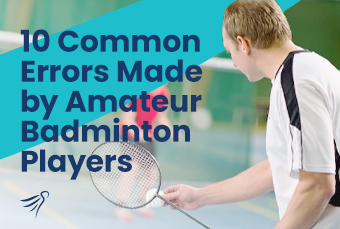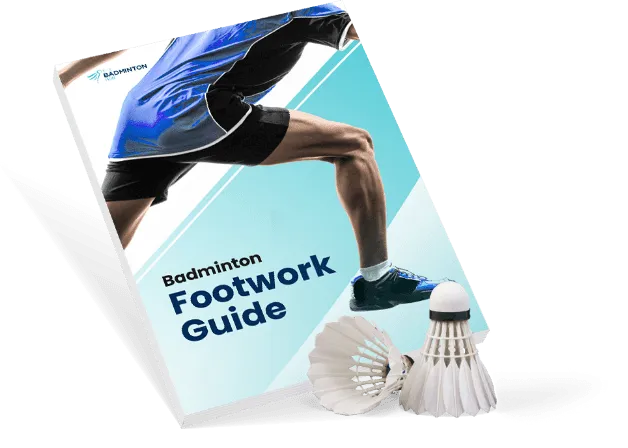People tend to confuse the terms: flexibility and mobility. While they’re most certainly interrelated and similar in many respects, they have several key differences; one being the primary mechanism itself.
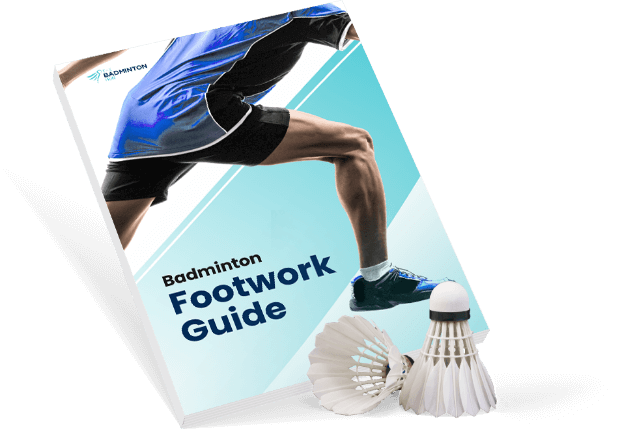
Badminton Footwork Guide
The step by step guide on how to move faster and more efficiently around the court.
download nowFlexibility refers to the muscle’s ability to lengthen through a particular motion, while mobility refers to the ability of the joint to move with fluidity.
Nevertheless, both flexibility and mobility are key when it comes to being effective and efficient in the game of badminton. The good news is that by executing flexibility exercises consistently, you’re likely to notice an improved sense of mobility as well.
In this article, we’ll be focusing on flexibility. Moreover, we’ll be discussing the importance of flexibility in the context of badminton, how to improve one’s flexibility, and the difference between static and dynamic exercises.
Lastly, we’ll leave you with five effective at-home flexibility exercises that you can implement into your badminton-focused workout regimen immediately!
First, the importance of flexibility…
The Importance of Flexibility in Badminton
The ability to be flexible and mobile throughout an entire range of motion will allow you as a badminton player to be an extreme threat on the court. Not only will you be able to get to places on the court that others can’t but you’ll have the unique ability to stretch that extra inch to reach for the incoming shuttle. Whether playing an overhead shot or reaching for the shuttle in a deep lunge, it’s all thanks to flexibility.
Badminton is a game of inches, so taking the time to develop that level of flexibility will ultimately make you a better badminton player.
With that said, while becoming a better badminton player is likely one of your goals as a competitor, having an increased level of flexibility also plays a huge role in your longevity in the sport. In other words, it reduces the risk of injury.
Lastly, and arguably most importantly, is recovery. In badminton or any sport for that matter, recovery plays a huge role in one’s overall performance. During rest, whether in a match or during training, your body has the opportunity to recover. Without proper blood flow and circulation, the quality and speed at which one recovers is poor. By working on your flexibility, you inherently improve blood flow and circulation to your muscles and, as a result, recover faster!
If you want to improve your flexibility, you’re going to need to work through the elasticity of your muscles and tendons, while simultaneously encouraging a greater range of motion.
In summary, the importance of flexibility is undeniable, especially in the sport of badminton. It makes you a better competitor, it reduces your risk of injury, it improves recovery, and it plays an indirect role in other aspects of health and fitness as well.
Ok great, flexibility is important, but how do you improve it?!
Improving Your Flexibility
At its most basic, flexibility is improved through specified exercises and, of course, stretching. Stretching can be a simple warmup before a match or a cool down after an intensive training session, a full workout or a quick 30-second exercise, and can be executed both statically or dynamically.
If you’re determined to become a better, more efficient badminton player, you should be stretching every day!
While many prefer to isolate stretching into its own workout, or even its own day altogether, flexibility training (i.e. stretching) should be implemented into your daily life. In between matches? Stretch. After a training session? Stretch. On your recovery days? Stretch. Upon waking up in the morning? Stretch. In between reps and sets? Stretch.
You get the point…
This doesn’t have to be timely nor rigorous. However, by making stretching a habit, a priority if you will, in your daily life, you’ll quickly begin to notice results both on and off the court.
Before we move on to the flexibility exercises themselves, let’s first differentiate static exercises from dynamic ones.
Static vs Dynamic Exercises
While both forms of stretching are beneficial in their own right, each offers a different stimulus and intention.
For starters, static stretching involves the holding of a particular stretch in isolation for 30+ seconds. On the other hand, dynamic stretching is the stretching typically executed during a warmup. Dynamic stretching is also known as “active stretching” for obvious reasons.
When discussing these mechanisms of stretching in the context of badminton, both should have their place in a stretching regimen. Think of dynamic exercises as a means to improve mobility, activate the muscles, and prime the body for action. In contrast, think of static exercises as a means to elongate the muscle fibres for recovery, while simultaneously improving flexibility.
At-Home Flexibility Stretches
Before concluding this article, at-home flexibility exercises must be discussed and recommended. Note that this is just a quick glimpse into what badminton-focused stretching looks like.
While each example below provides its benefits, it should be understood that they’re simply examples that should be implemented into a grander stretching regimen.
Below are 5 badminton-focused flexibility exercises you can do at home!
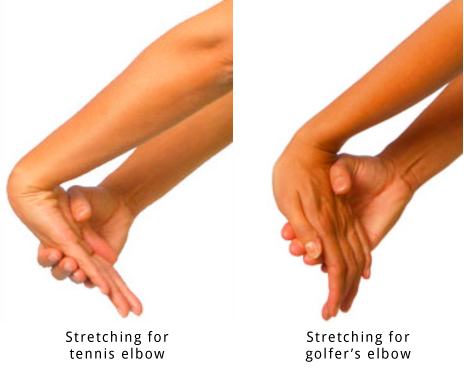 Tennis and Golfers Elbow Stretches
Tennis and Golfers Elbow Stretches
As you can tell by the name, both tennis and golfers elbow is a prevalent injury in a lot of sports that require the use of your arms and wrist, badminton included. Both the tennis and golfers elbow stretches not only improves wrist flexibility through elongated wrist flexors but also helps prevent injury. Consider it a win-win!
 Wrist + Arm Circles
Wrist + Arm Circles
Shoulder and wrist flexibility is an integral mechanism in the context of a badminton swing technique. With a lack of mobility in the shoulder joint and poor wrist flexion at the base of the arm, your swing is likely to be ineffective. Moreover, it will likely cause pain and discomfort.
Through the implementation of wrist and arm circles, you can increase flexibility, mobility, and reduce the risk of injuring yourself in action. For education’s sake, this would be an example of a dynamic exercise.
 Forward Lunges
Forward Lunges
Forward lunges are a great exercise because of their multifaceted nature. Not only does it provide an incredible stretch through the thighs, glutes, hip flexors, and groin region, but also builds core lower-limb strength, an important part of any badminton player’s game.
If you want an added challenge, try adding weight with dumbbells in each hand!
 On-the-wall Calf Stretch
On-the-wall Calf Stretch
If you’re already an avid badminton player, you know how much of the game is played on the balls of your feet. Because of this position, your calves get a lot, and I mean a lot of attention. While this can be a good thing when trying to strengthen musculature, it can also cause stiffness, tightness, and injury at the source.
By implementing a static, on-the-wall calf stretch, you elongate the tightened calf musculature, thus improving flexibility, recovery, and repair.
 Ankle Alphabets
Ankle Alphabets
As you may have noticed, these five examples provide you with a stretch from head to toe. The first example started with the upper body and we progressively worked our way down to the final flexibility exercise, which is the ankle alphabet.
As the name so obviously describes, the ankle alphabet is executed by simply creating the shape of each letter of the alphabet with the movement and mobility of the ankle.
This is extremely relevant to badminton because of the agility involved in gameplay, the duration spent on our toes, and the risk of turning over an ankle and getting injured. This is one way to moderate that from happening!
In Summary
Flexibility doesn’t always have to be put into the extreme context of doing the splits like a gymnast. Instead, flexibility is simply a mechanism used to handle the demands of your sport, in this case, badminton.
Just as it’s important to work on your skills, build muscle and strength, and study the game, it’s as important, if not more important to improve your flexibility.
Having greater flexibility will not only make you more agile on the court, but it will reduce chances of injury, improve muscle recovery, and make you an overall better badminton player.


 Wrist + Arm Circles
Wrist + Arm Circles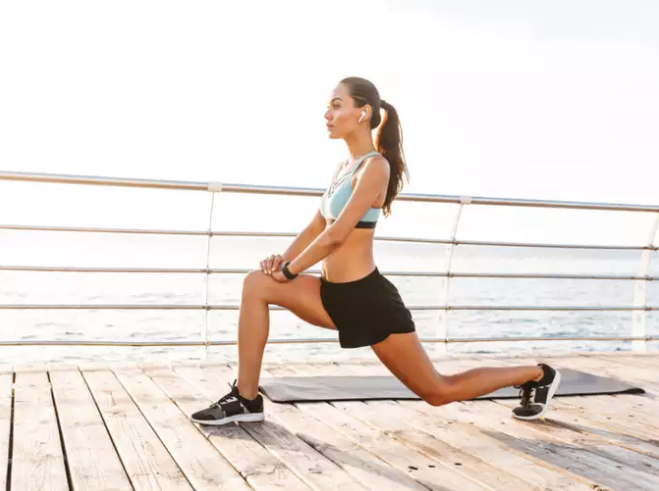 Forward Lunges
Forward Lunges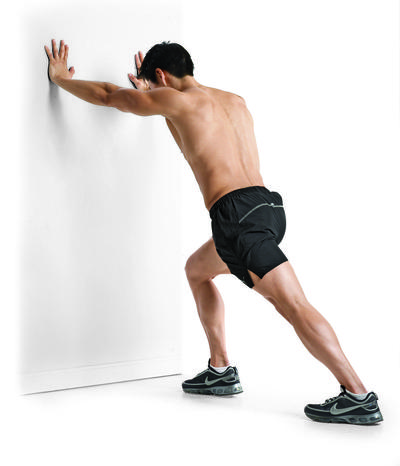 On-the-wall Calf Stretch
On-the-wall Calf Stretch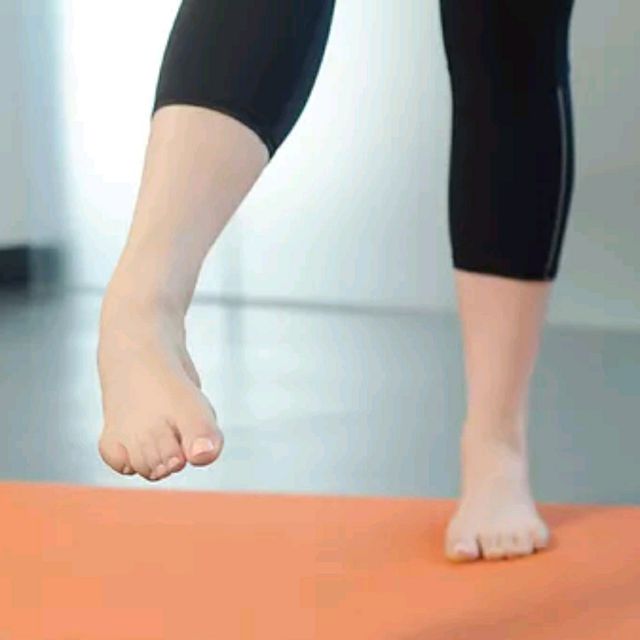 Ankle Alphabets
Ankle Alphabets
